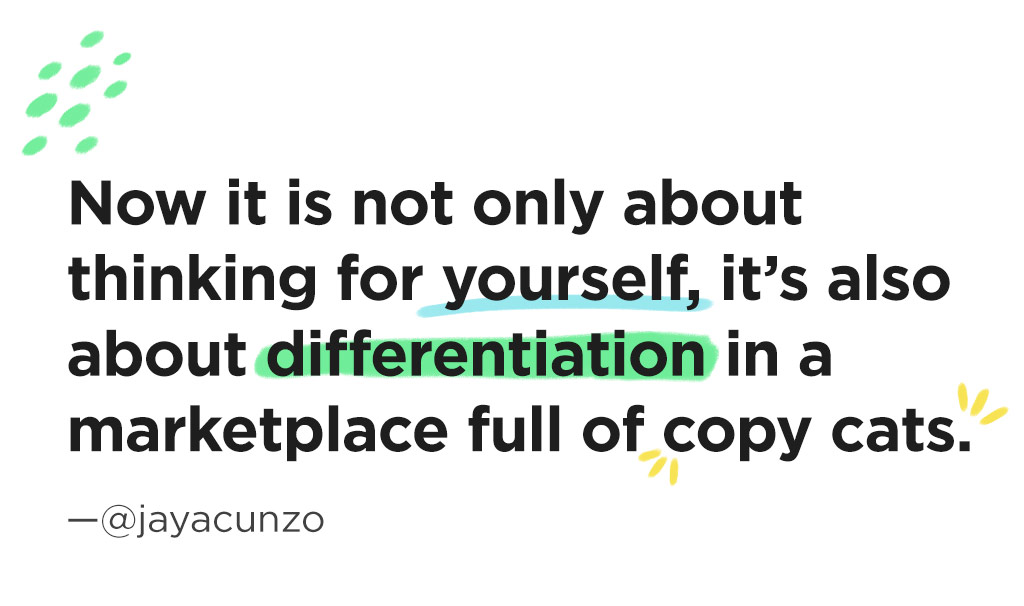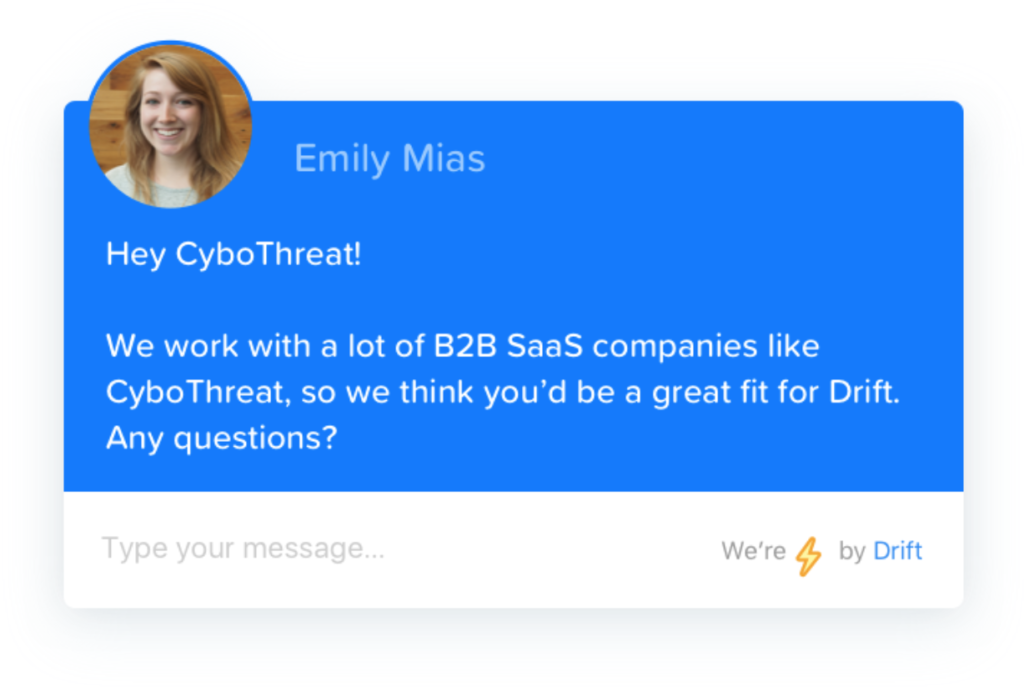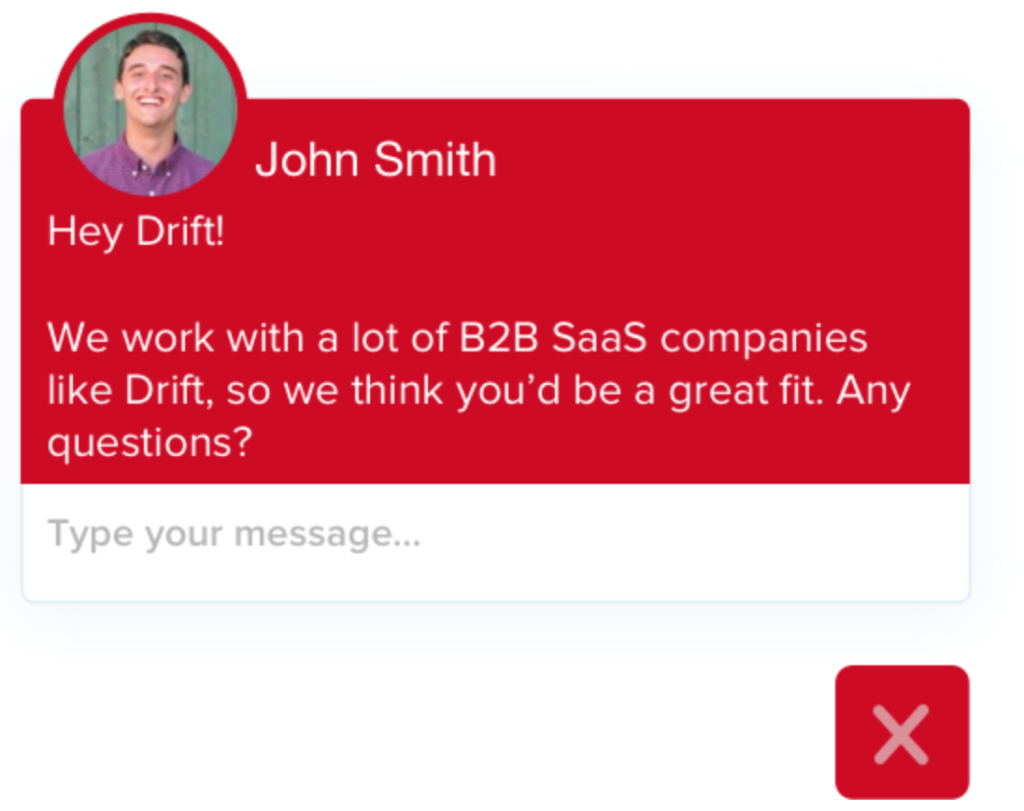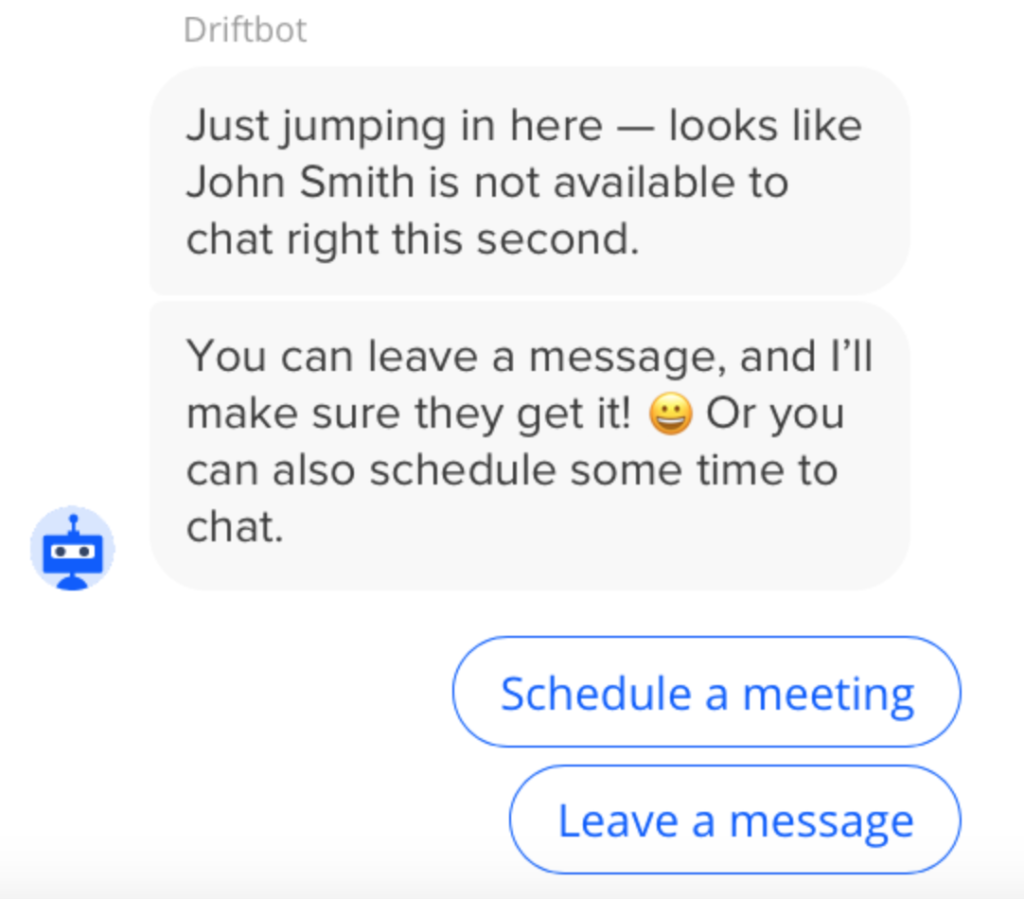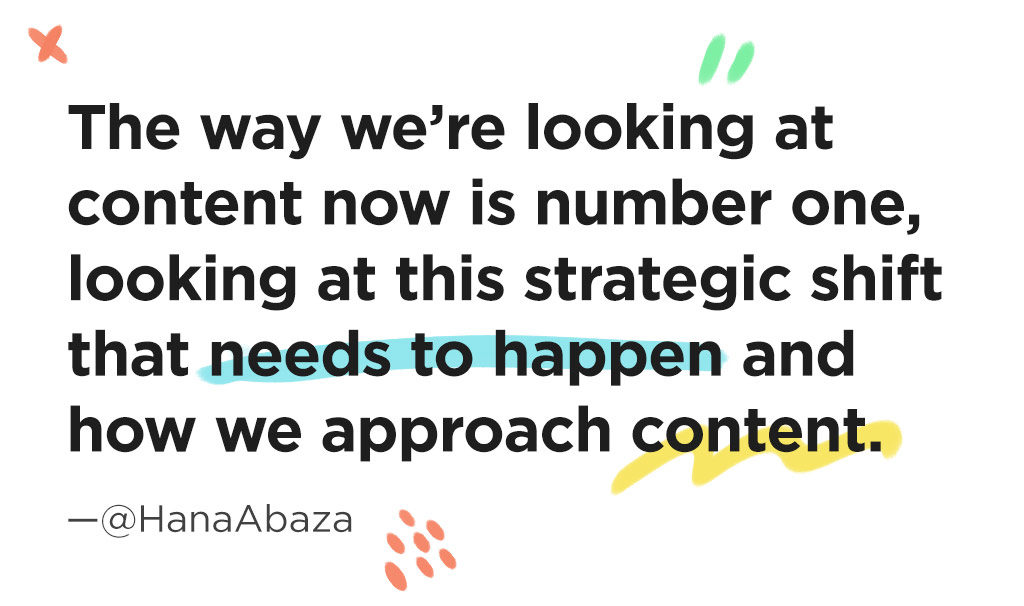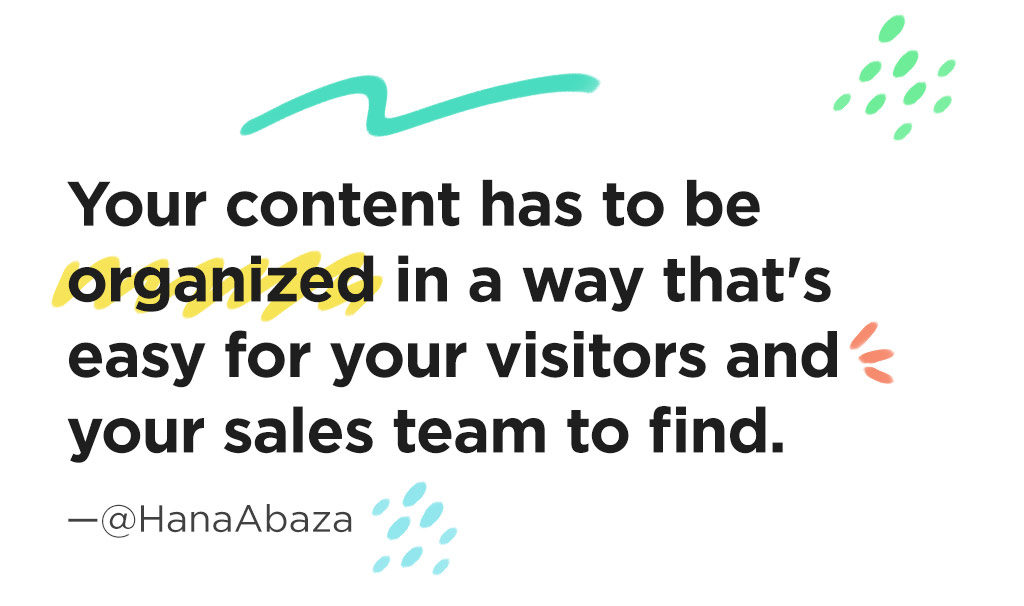YES! I Recently had the pleasure of joining Howard Sewell & Jason Oakley on a webinar where we focused on how to Drive B2B Engagement with Personalized Content. Howard is the President and Co-Founder of Spear Marketing Group, and Jason is the Product Marketing Manager at Uberflip
Although Howard already shared his thoughts on the Spear Marketing Blog, I wanted to highlight three key themes I took away from learning from these marketing leaders:
Focus on relevance, not noise
It appears that many marketing teams, focused on delivering personalized experiences, tend to over-index on creating noise rather than essential moments for their prospects. This critical distinction between relevance and sound is a fine line that must be considered when taking approaches like Account-Based Marketing (ABM) where the latter is often the outcome. The focus must be on creating a seamless buyer’s journey where a prospect is equipped with the right content, at the right time, to move them through the marketing funnel efficiently. Is this how your marketing team creates content, or are you merely creating noise?
“Nobody reads ads. People read what’s interesting to them, and sometimes that’s an ad.”
-Howard Gossage
Stay competitive, not complacent
Let’s face it – every company, in virtually every industry, deals with competition one way or another. Even indirectly, one of the most challenging hurdles for marketing teams is getting the attention of a buyer who has an attention span shorter than a goldfish (it’s true). When your team starts planning for next quarter or fiscal year, how are you innovating to remain top of mind for prospects and customers? Don’t be overwhelmed by the multitude of options your team has to choose from. If you don’t take a step out of our comfort zone and experiment with new tactics to acquire customers – your competitors will.
“This change in mentality from measuring your team’s success against vague industry benchmarks versus striving for greatness is what separates good marketing teams from great ones!”
Be yourself, be genuine
It may be my own bias creeping in (oops) but the more customers I speak with, the more I am confident in saying that marketers and salespeople need to let their figurative ‘hair down.’ For marketers, strive for telling a simple story in words that you and I use day-to-day, no more fluff, and buzzwords! For salespeople, bring the human connection back to your cadences to build meaningful relationships with your prospects. Automation is effective, sure, but is that creating more noise than relevance in your prospect’s inboxes? Personal video messaging is one of these tactics that industry-leading organizations like HubSpot and Terminus are finding success with.
A personal challenge to you – try living by a one take rule to ensure your prospects can connect with the real you, and not a scripted robot version! Deal?
The post Is Personalized Content Worth The Hype? appeared first on Vidyard.
source http://www.vidyard.com/blog/personalized-content-worth-hype/

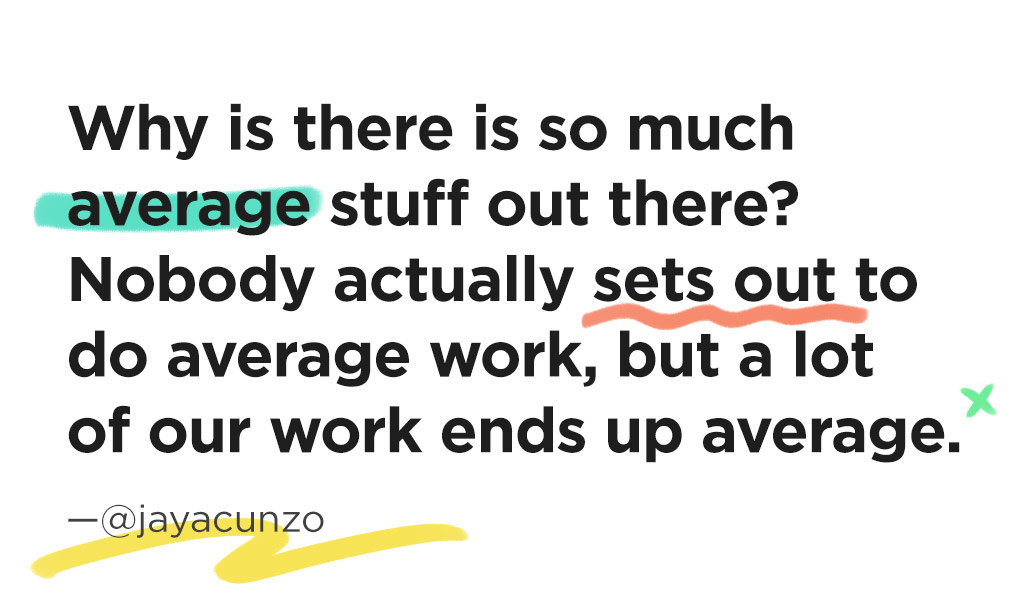 So I’m focused on that gap between the two. It’s never been easier to just figure out what the average is because you can ask somebody on social or Google it or go to YouTube and find a tutorial. So average is not our problem. Our problem is going from average to exceptional. If you look at the word “exceptional,” again I do the words thing for a living, so I’m fascinated by the make up of a word, exceptional has that root word “exception.” So what makes each person an exception is their own intuition.
So I’m focused on that gap between the two. It’s never been easier to just figure out what the average is because you can ask somebody on social or Google it or go to YouTube and find a tutorial. So average is not our problem. Our problem is going from average to exceptional. If you look at the word “exceptional,” again I do the words thing for a living, so I’m fascinated by the make up of a word, exceptional has that root word “exception.” So what makes each person an exception is their own intuition.